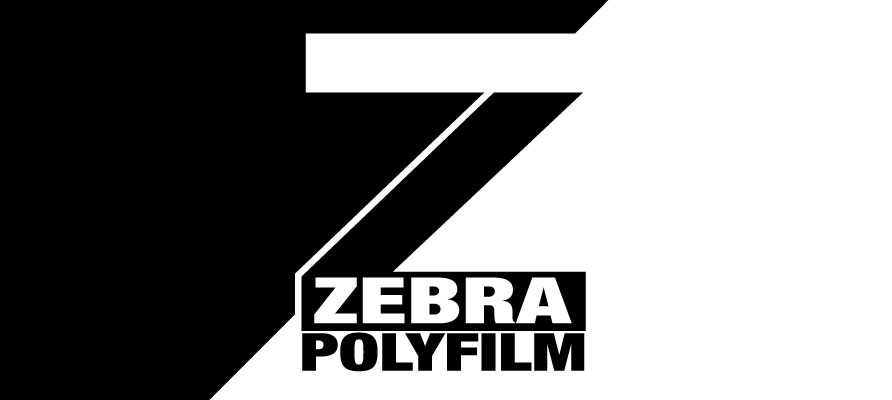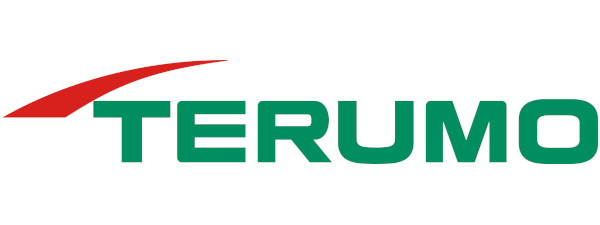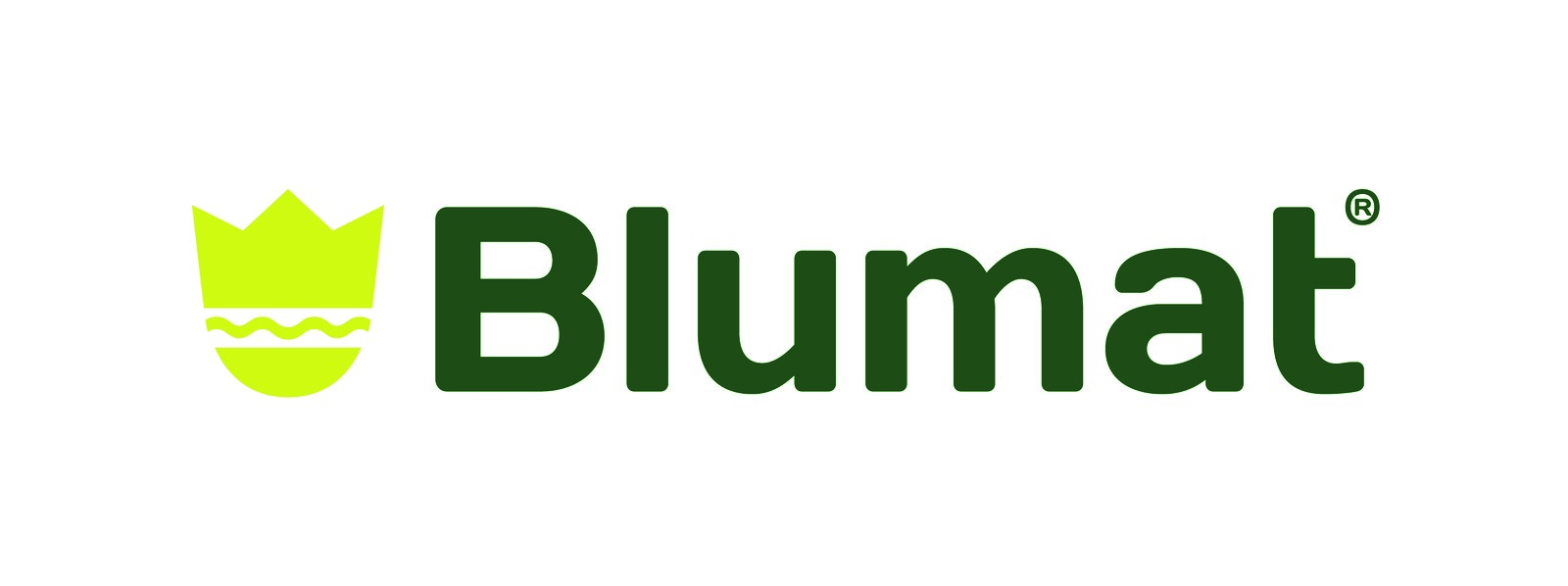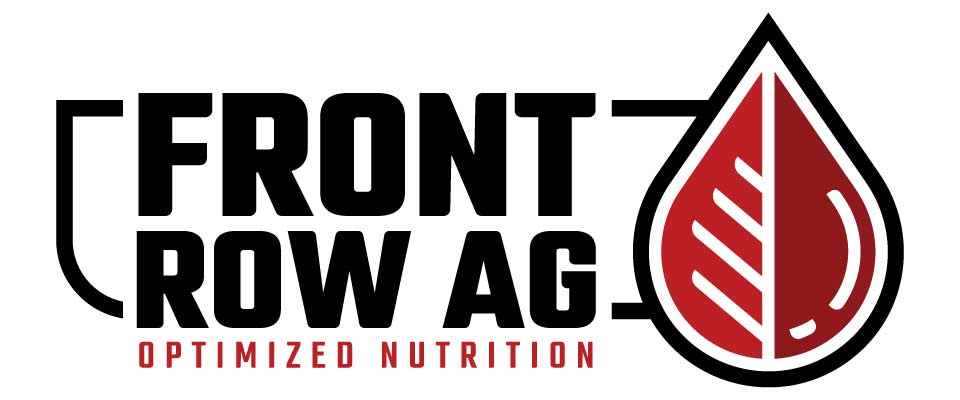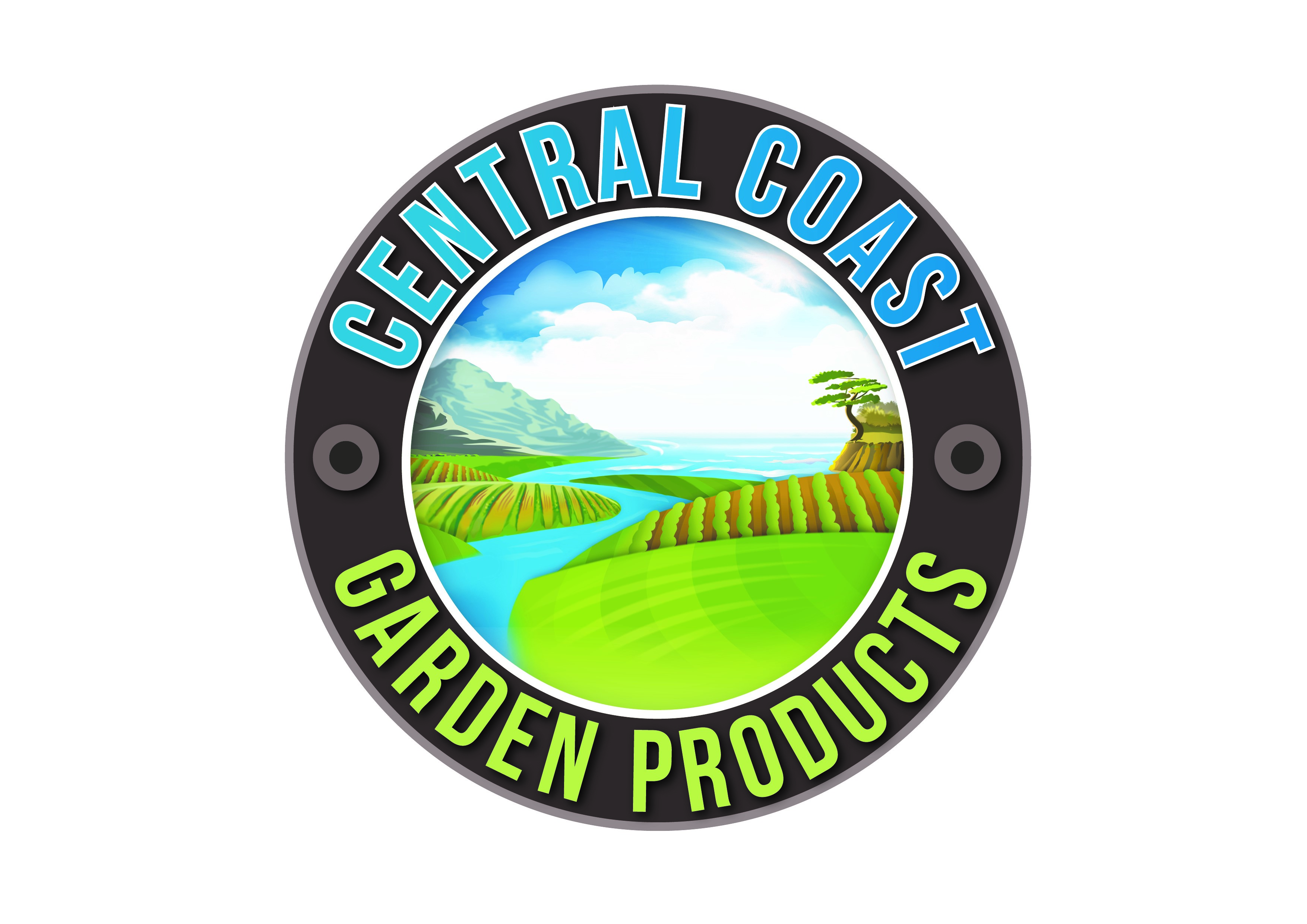What The Eff is PPF..D?
If you're serious about indoor growing, you've probably come across the term PPFD. But what exactly is it, and why does it matter? Understanding PPFD (Photosynthetic Photon Flux Density) is crucial for optimising plant growth, ensuring efficient use of grow lights, and ultimately maximising yields. Let's break it down.
What is PPFD?
PPFD, or Photosynthetic Photon Flux Density, measures the amount of light (specifically, photons in the 400-700nm range) that actually reaches your plants per second, expressed in micromoles per square metre per second (µmol/m²/s). Unlike total light output, which looks at a fixture's overall photon emission, PPFD tells you how much usable light is landing on your canopy.
Think of it like rain: total precipitation might tell you how much rain falls in an area, but PPFD is like measuring how much light actually reaches your plants at the canopy.
Why is PPFD Important?
Light is one of the most critical factors in photosynthesis, and different plants require different PPFD levels to thrive. If PPFD is too low, plants won't grow efficiently, leading to slower development, weaker stems, and lower yields. On the other hand, if PPFD is too high without proper CO2 supplementation, plants can become light-stressed. Symptoms of light stress include leaf bleaching, curling, and chlorosis (yellowing of the leaves), ultimately reducing growth efficiency.
Different growth stages have varying PPFD requirements:
Seedlings & Clones: 50-150 µmol/m²/s – Young plants are sensitive and need lower light intensity to prevent stress.
Vegetative Stage: 300-600 µmol/m²/s – At this stage, plants need more light for vigorous foliage development.
Flowering Stage: 600-1100+ µmol/m²/s – Higher light intensity encourages vigorous flowering and fruiting. Some plants with additional CO2 supplementation can tolerate levels up to 1200-1500 µmol/m²/s for maximum growth.
Understanding these thresholds allows growers to optimise lighting for each phase of plant growth, ensuring plants receive just the right amount of light without waste or damage.
How to Measure PPFD
Measuring PPFD accurately requires a quantum PAR meter, which detects photosynthetically active radiation (PAR) in the 400-700nm range. Unlike lux meters, which measure brightness based on human perception, quantum meters provide readings tailored to plant growth, making them the best tool for assessing light intensity in a grow space.
When measuring PPFD:
Take multiple readings across the canopy to understand distribution and avoid uneven light coverage.
Measure at different heights to determine optimal light placement.
Adjust light height and intensity accordingly to ensure consistent coverage across your grow area.
Use reflective surfaces like mylar or white walls to bounce light evenly and minimise hotspots.
For growers looking for a reliable way to measure PPFD, we recommend:
PAR Meter with Remote Sensor – A precise and easy-to-use meter for accurately measuring PPFD in your grow space.
Choosing the Right Grow Light Based on PPFD
Not all grow lights are created equal, and PPFD should be a key factor in choosing the best light for your setup. A high-quality grow light should offer:
Even PPFD distribution to prevent hotspots and ensure uniform growth.
Optimised spectrum tailored for photosynthesis.
Dimmable controls to adjust intensity based on plant stage.
Here are a few options that offer excellent PPFD distribution:
Hortitek Gen 2 Growboard LED 660W – This high-efficiency LED light delivers an efficacy of approximately 2.5 µmol/J, making it ideal for both vegetative and flowering stages.
Hortitek ECO Six Bar 720W LED Grow Light – With an efficacy of around 2.7 µmol/J, this fixture ensures uniform light distribution with an energy-efficient design for optimal growth.
Lucius Flex-R Full Spectrum LED Grow Light 1000W – This high-powered LED fixture boasts an efficacy of approximately 3.5 µmol/J, designed for professional-level yields with excellent canopy penetration.
Lucius Flex Full Spectrum LED Grow Light 645W – Offering an efficacy of about 2.9 µmol/J, this efficient light provides balanced PPFD for all growth stages.
When selecting a grow light, always check the manufacturer’s PPFD maps and consider your grow tent or grow room size. Spacing, reflective materials, and additional environmental factors like CO₂ levels will influence how well your plants utilise the light.
Please note that the µmol/J values provided are approximate and based on typical manufacturer specifications. For precise and up-to-date information, refer to the product specifications or contact the manufacturer directly.
By understanding these specifications, you can choose a grow light that meets your plants' needs and optimises growth throughout their lifecycle.
Optimising Your Grow with PPFD
Beyond choosing the right light, maximising PPFD efficiency involves:
Light Positioning: Adjusting height and angle for optimal coverage.
Reflective Materials: Using mylar or white walls to bounce light evenly.
CO2 Supplementation: Higher PPFD levels require elevated CO2 levels for maximum photosynthesis.
By understanding and utilising PPFD effectively, you can take the guesswork out of lighting and ensure your plants receive the perfect amount of usable light throughout their growth cycle.
Need a light that delivers the right PPFD for your grow? Check out our full range of high-performance grow lights.






























